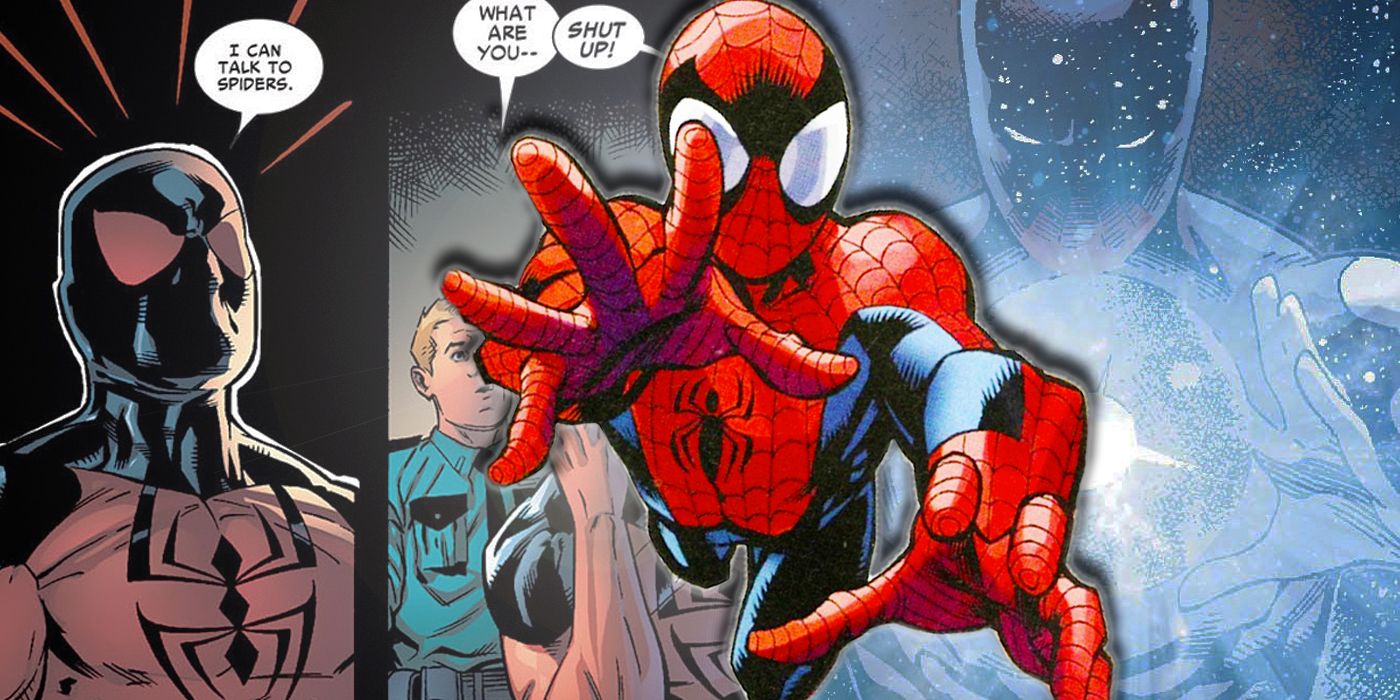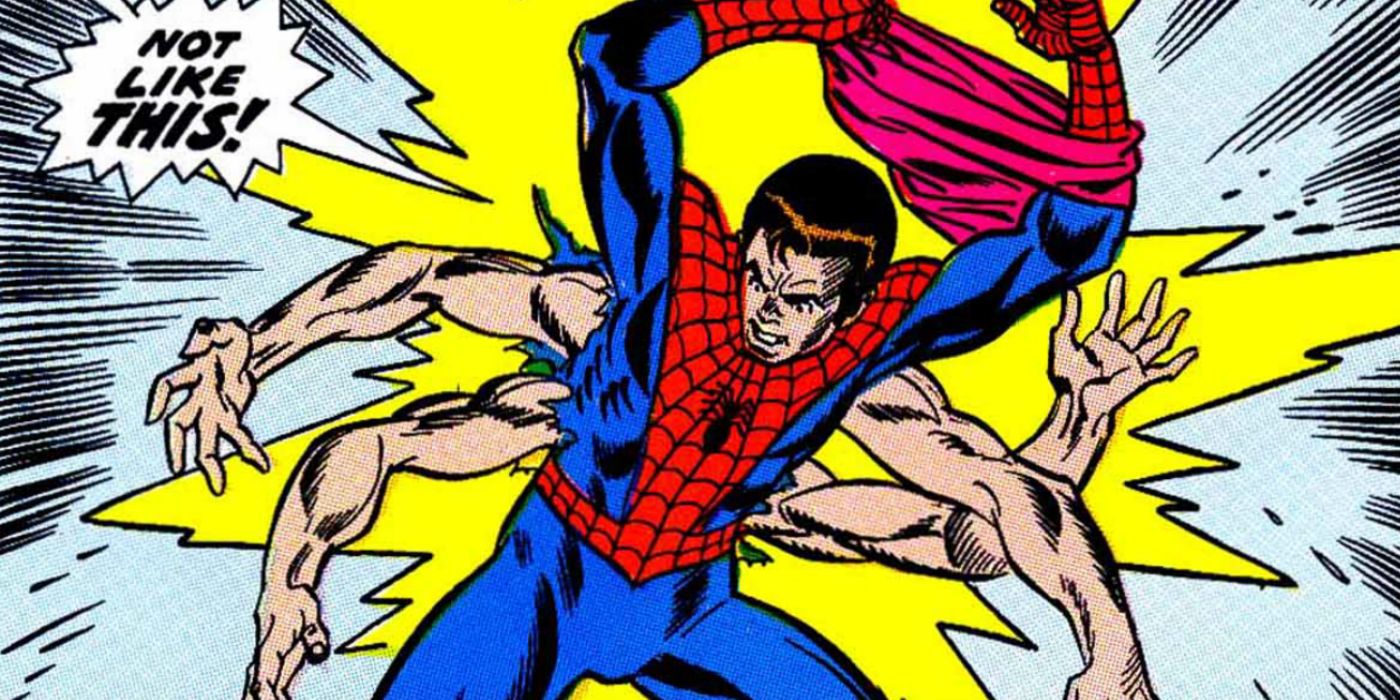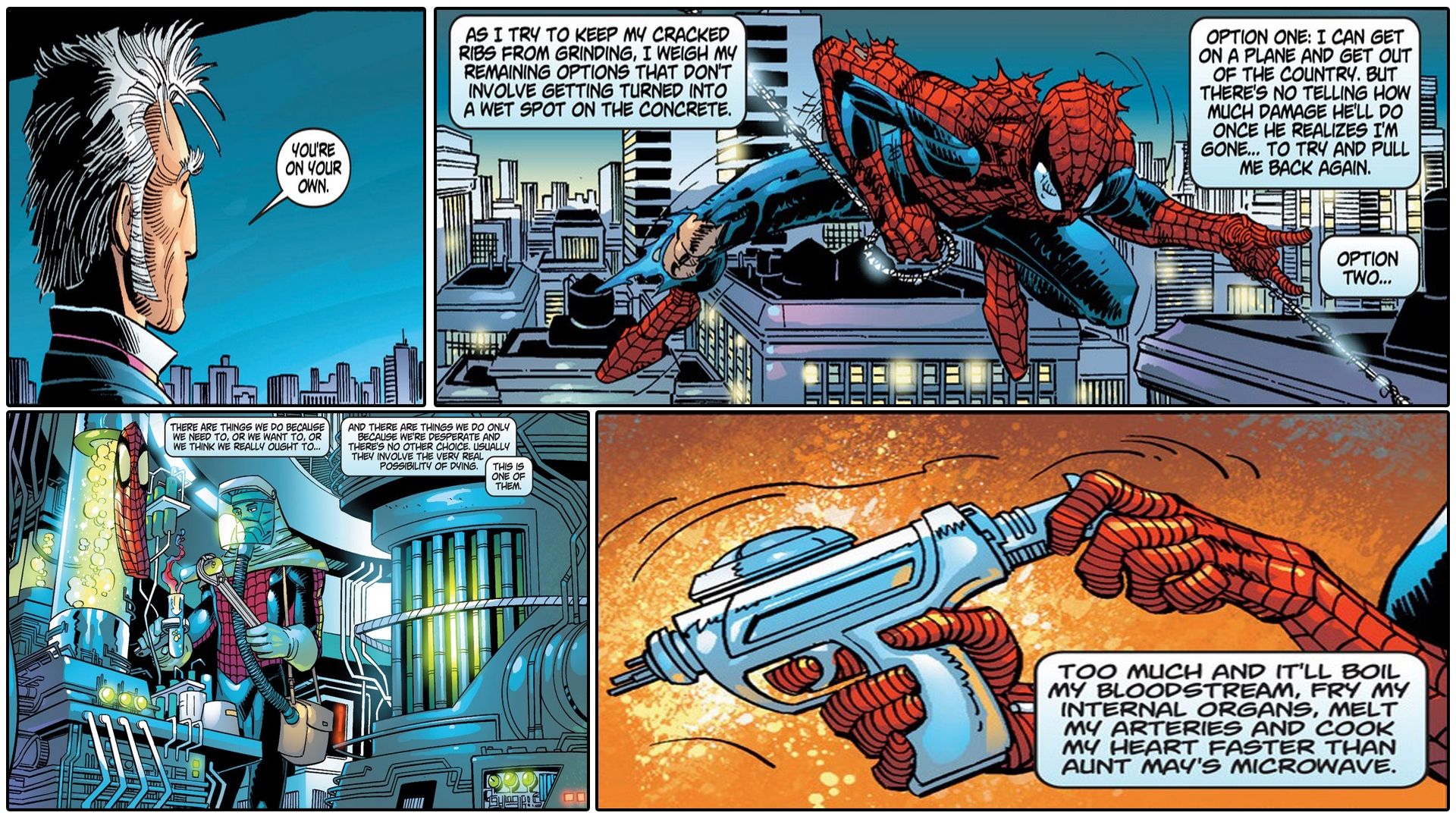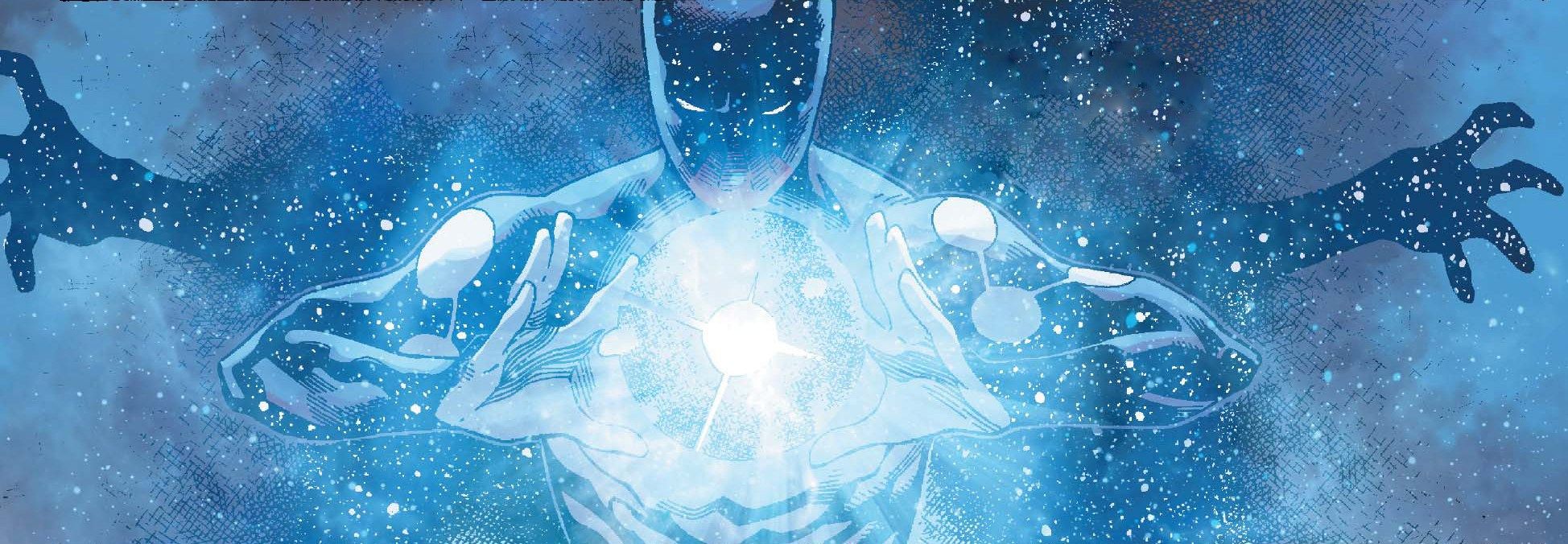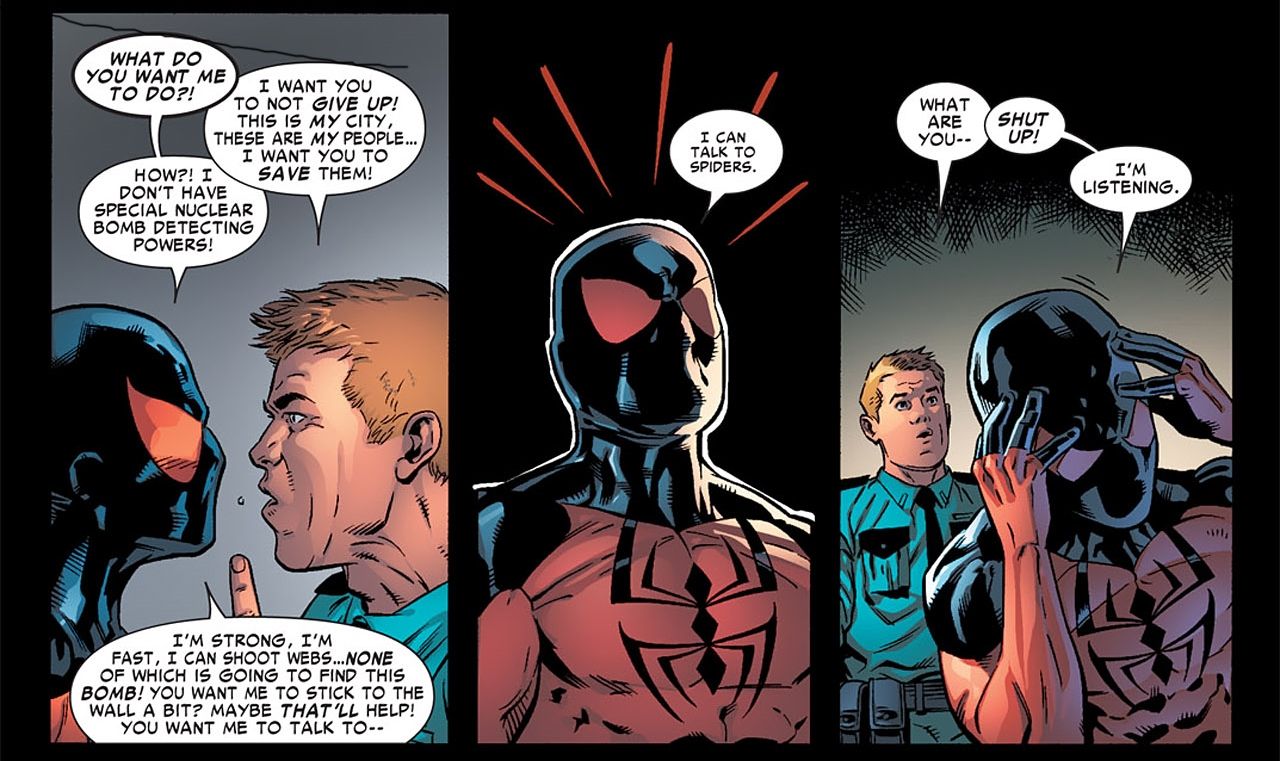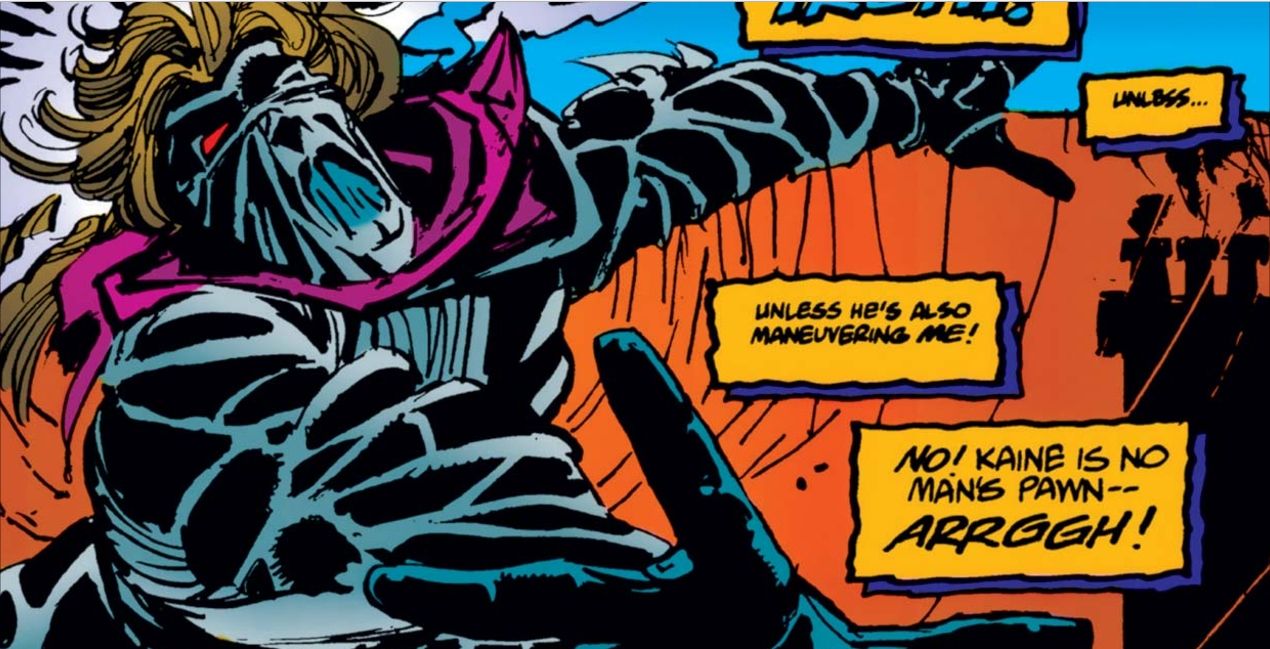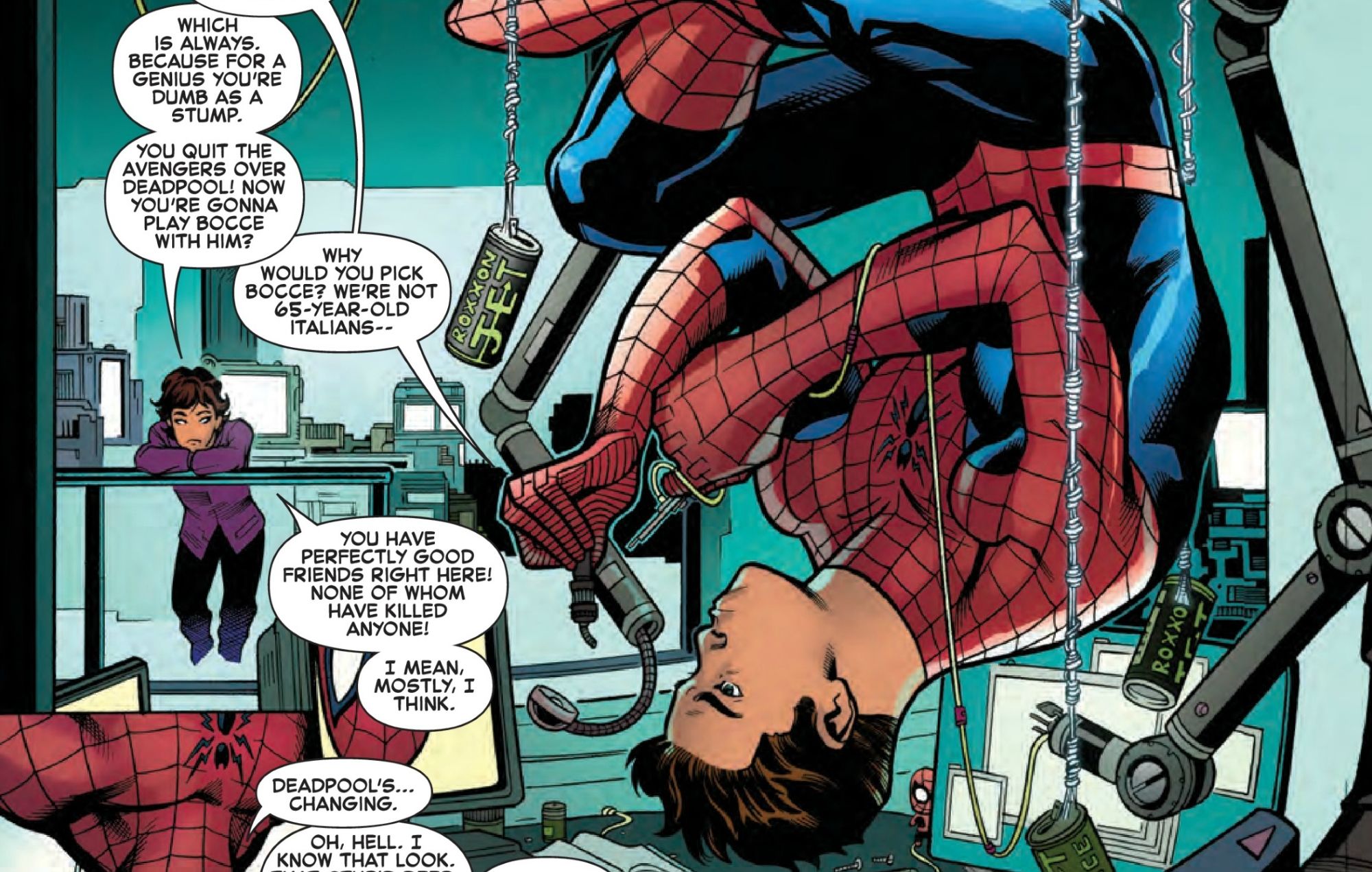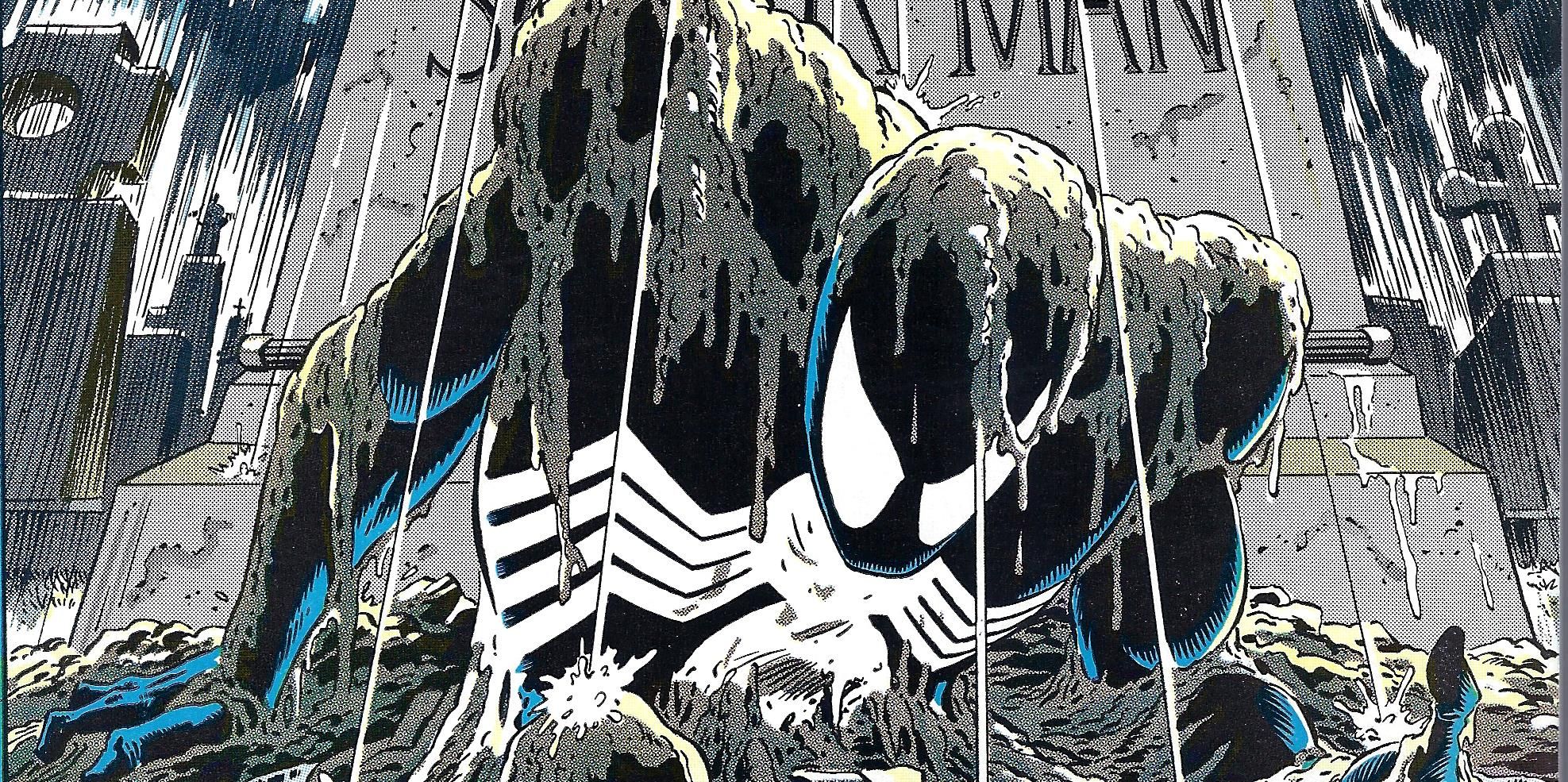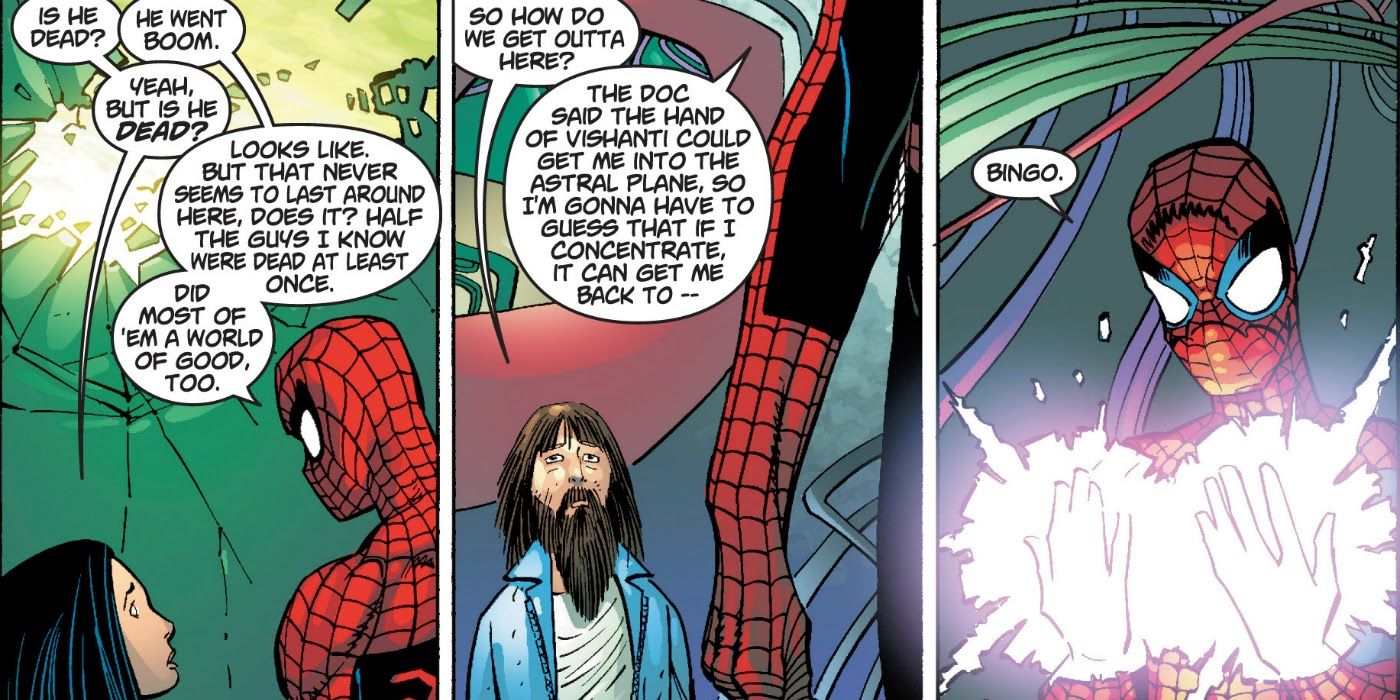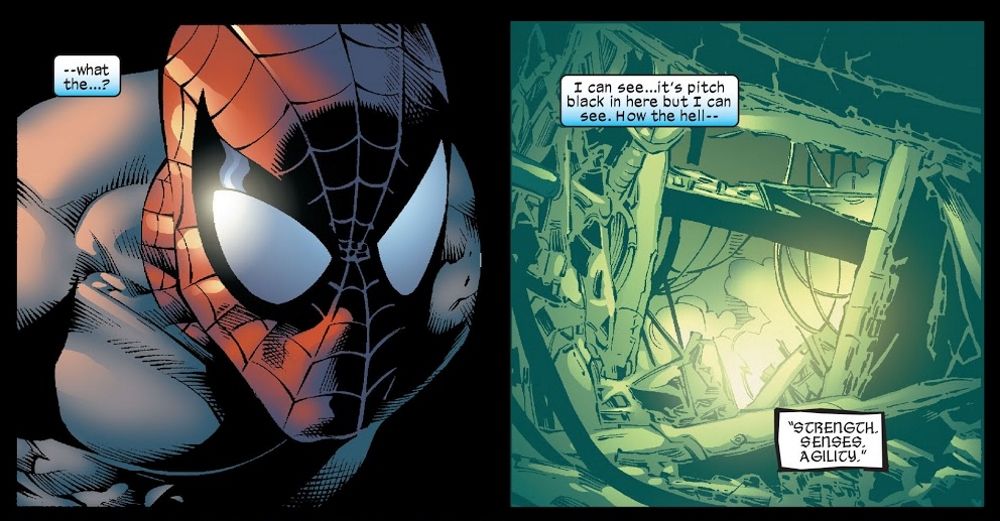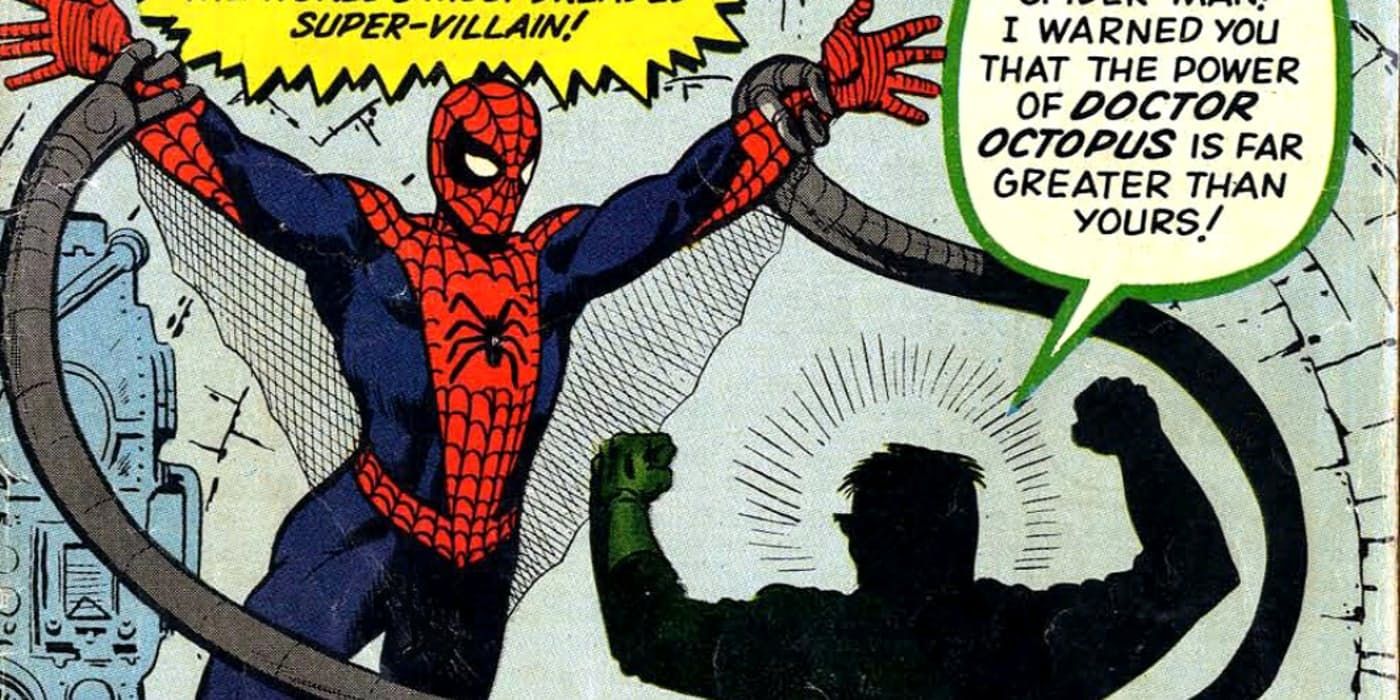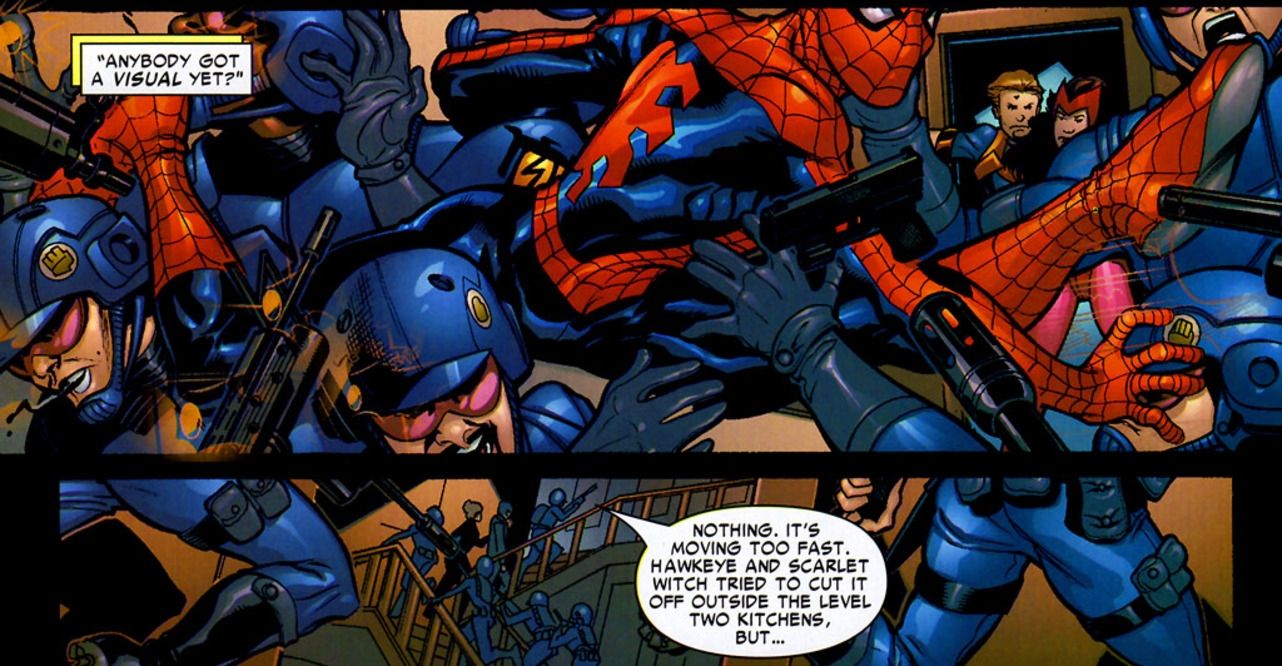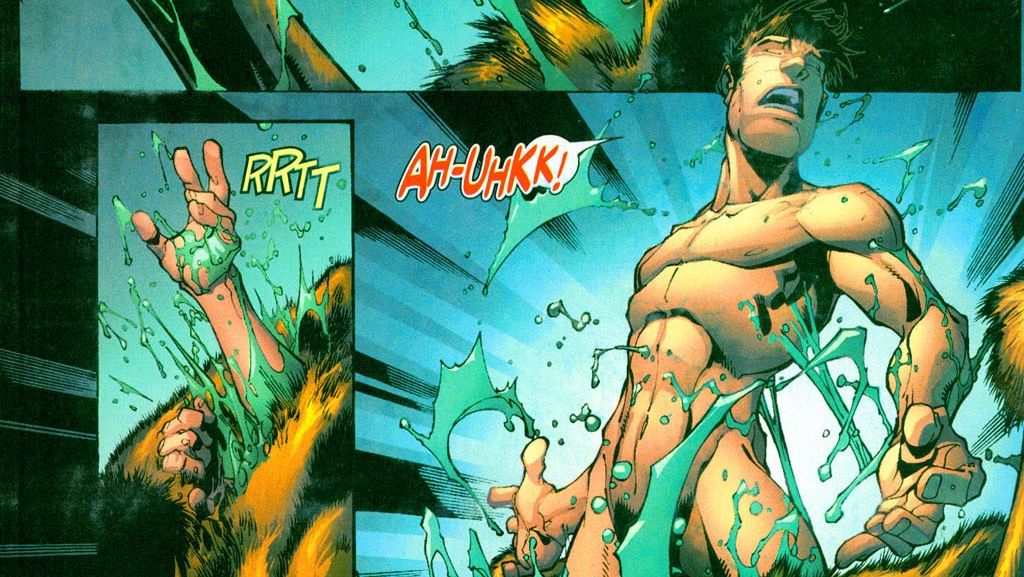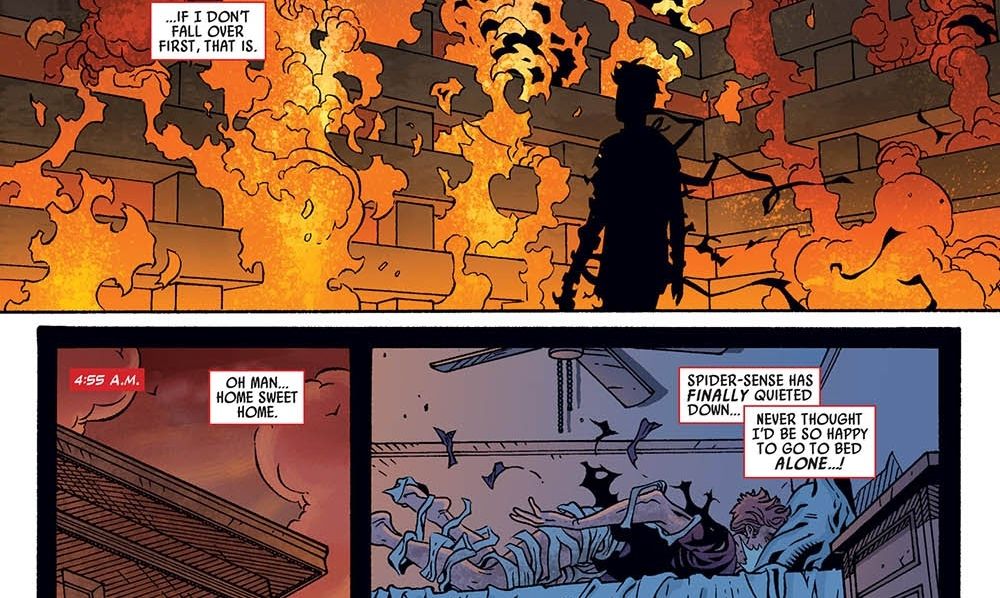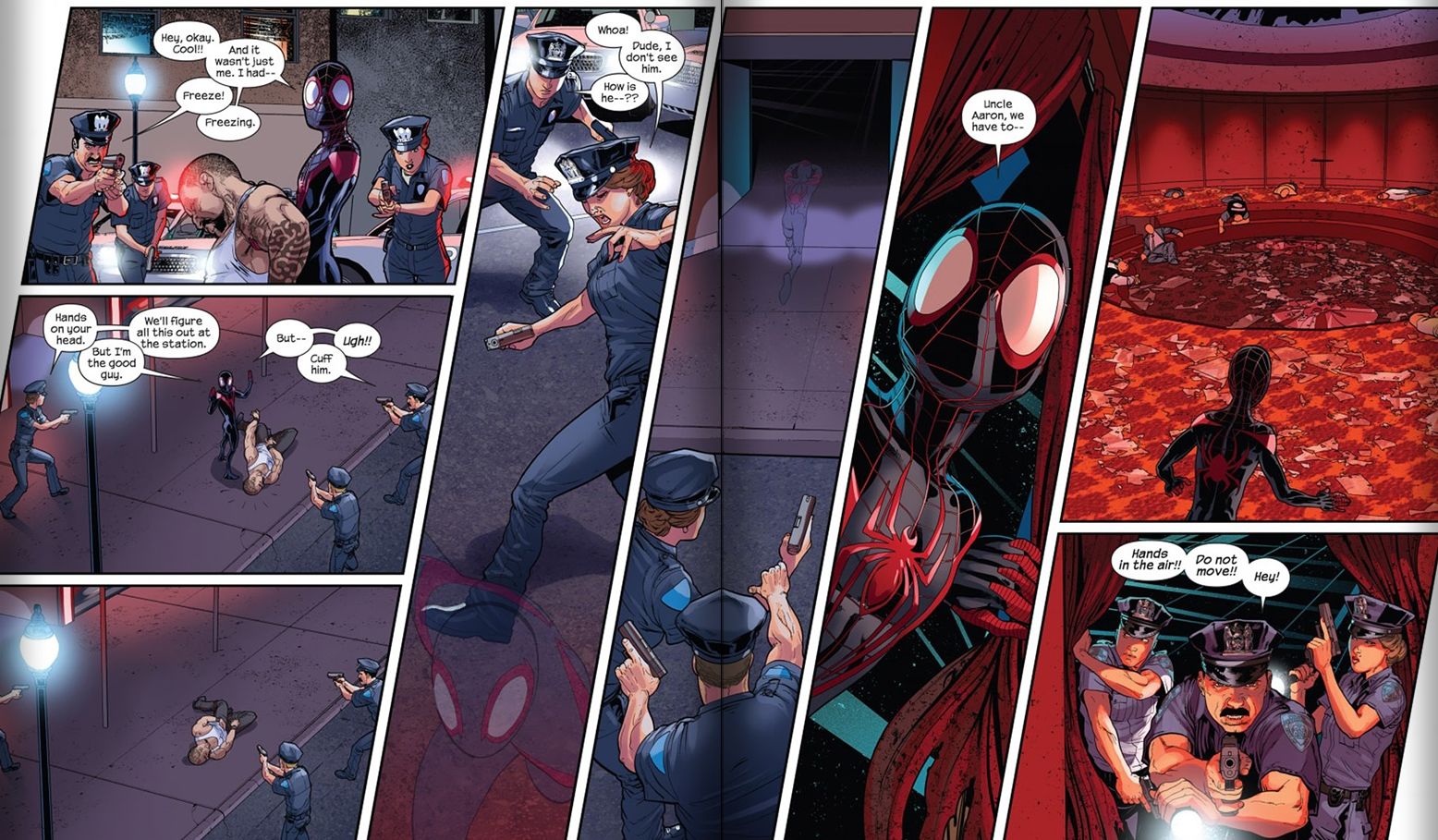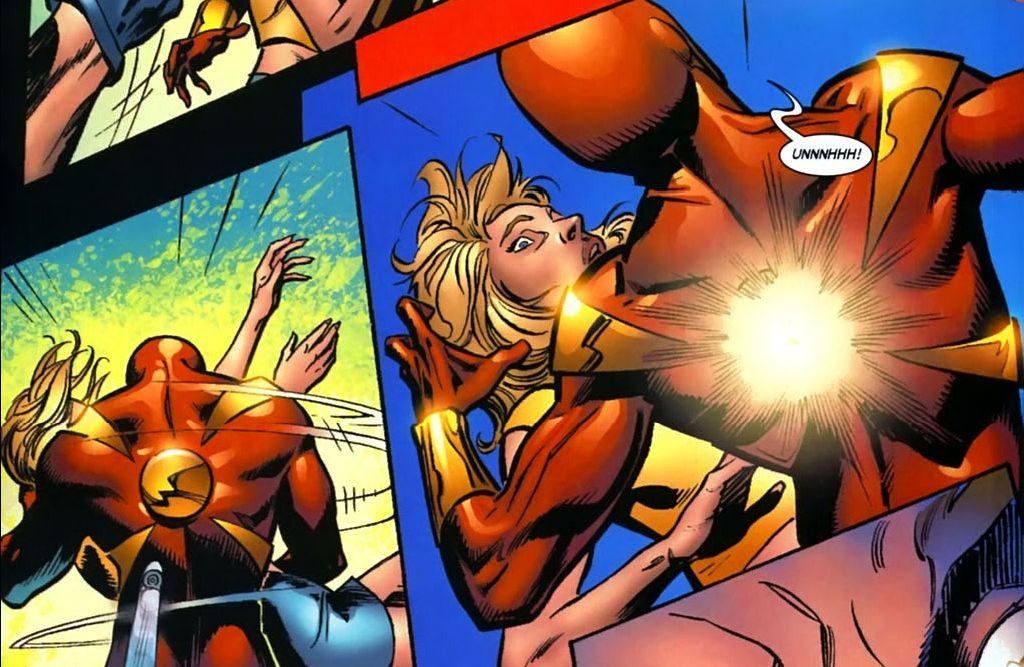Spider-Man has been one of Marvel's most popular superheroes since his first appearance in 1962. In interviews, even Stan Lee has said that Spidey is his favorite superhero! Perhaps he's so popular because of his flaws instead of his powers. His down-to-earth humanity makes him very relatable, after all. That humanity, however, has also been Peter's downfall. More than one villain has played on Peter's sense of responsibility, which becomes a weakness when he's up against Doctor Octopus or the Green Goblin or Sandman. They have exploited his unending need to protect people for their own dire purposes.
RELATED: 15 Super Powers You NEVER Knew Punisher Had
Luckily, Spider-Man possesses an impressive variety of super powers to help him in his pursuit of justice. Although he might not be a god, like Thor, or an indestructible rage monster, like the Hulk, he is more powerful than the casual fan realizes. Some of his abilities come from the suit he wears, but others were created organically when he became a superhero. In addition to his spider-like agility and strength, Spider-Man can do a myriad of other things that keep New York City safe from evildoers. Here, CBR runs down 15 of Spider-Man's greatest powers that you didn't know he had.
15 GROW EXTRA LIMBS
Spider-Man is usually depicted as a friendly neighborhood humanoid with two arms and two legs. Those arms and legs serve him well, allowing him to do all the things spiders do, with very little effort. Any first-grader can tell you, however, that a spider has eight appendages, not four. Unfortunately for Peter Parker, he once ended up with six arms to make up the difference.
In 1971's "The Six Arms Saga," written by Stan Lee and drawn by Gil Kane, Peter is fed up with his spider side and wants nothing more than to be a regular dude. He concocts an untested formula to get rid of his powers. After he drinks it, he falls into a fitful sleep, dreaming about fighting all of his enemies. When he wakes up -- whoops! -- he has six arms. Luckily, Dr. Curt Connors helps him with an antidote.
14 RESISTANCE TO RADIATION
Spider-Man's origin story is very well-known. Although the setting and the circumstances have been changed occasionally, the crux of the story is that Peter is bitten by a radioactive spider, who transfers its powers to him. That radiation is actually more than just a vessel for Spider-Man's amazing powers. It also gives Peter an immunity to radiation of any kind.
Spider-Man encounters Morlun for the first time in "The Amazing Spider-Man" #30, written by J. Michael Straczynski and drawn by John Romita, Jr. Morlun arrives to feed on Spider-Man because he is a totem, a link between humans and spiders. Morlun beats the tar out of Spidey, until Peter snags a sample of Morlun's blood. After testing it, he realizes Morlun is vulnerable to radiation. Peter juices up with an incredible amount of radiation, so that when Morlun feeds on him again, Morlun dies while Spider-Man lives.
13 COSMIC POWER
Spider-Man has remained popular for decades because, underneath his suit, he's an average guy. He gets nervous around girls, has trouble focusing on school, and is always trying to pay his bills. Becoming Spider-Man launches him into another league, but becoming Captain Universe took his powers to a completely different level.
In "Spectacular Spider-Man" #158, written by Gerry Conway, with art by Sal Buscema and Mike Esposito, Spidey goes cosmic. Peter is given Uni-Power to defeat bad guys who aren't fighting their usual adversaries. The Uni-Power gives him all kinds of powers, like manipulating and discharging any form of energy or radiation. He can shoot energy beams from his hands that are strong enough to destroy planets, and has god-like strength and invulnerability. He uses his newfound powers to restore balance to the universe by defeating Dragon Man, the Tri-Sentinel and the Gray Hulk.
12 TALK TO SPIDERS
Being able to communicate with their insect namesakes (or arachnid, in Spider-Man's case) sounds like something only Ant-Man and Wasp can do. However, Spider-Man develops the ability to communicate with his eight-legged friends after "The Other" storyline, when he emerges from a cocoon with extra powers. His power to communicate with spiders doesn't seem significant, but it allowed him to save hundreds of lives.
In "Scarlet Spider" #5, written by Chris Yost, with art by Neil Edwards Karl Kesel, Peter's clone Kaine has taken up the titular mantle. He and Wally Layton are racing against the clock to find and dismantle a bomb that the Watchdogs planted somewhere in Houston. Then, Kaine realizes he has the ability to communicate with spiders. The spiders point them toward the Houston Underground, where Kaine tears into the bomb to dismantle it.
11 SEE THE FUTURE
Spider-Man has always had the advantage of premonition on his side. His Spider-Sense has saved his skin time and time again. Although his Spider-Sense gives him the look of Medusa in comic books, it's one of the best powers a superhero can have. He has avoided punches and bullets, and he's been alerted to danger in the nearby vicinity, even when he couldn't see it.
Kaine's Spider-Sense is more powerful. He can actually see the future, not just get an idea something is about to happen in the next moment. He can't control his power and choose what to see. Rather, he gets visions of events to come. For instance, in "The Spectacular Spider-Man" #222, by Tom DeFalco and Sal Buscema, Kaine is in the middle of sorting clones from the true Peter Parker when he gets a vision of Mary Jane's death in the future.
10 SUPER-GENIUS INTELLECT
With great power comes great responsibility, but not always great intellect. Lucky for Petey, he was already a science whiz kid before that radioactive spider bit him. Even Reed Richards and Hank Pym have acknowledged that Peter is almost as smart as they are. After becoming Spider-Man, he uses his super-genius intelligence not only to craft devices to help him fight crime, but also to develop power-enhancing formulas and antidotes, and hack into someone else's tech.
Peter uses his super-smarts during Marvel's "Civil War" storyline. Tony Stark gives him the Iron Spider suit, which has all kinds of upgraded tech and armor, of course. When Spider-Man switches to Captain America's side, he hacks into the suit to kill the remote shut-off function, proving he's as smart, or smarter, than the billionaire playboy.
9 SUPER-FAST METABOLISM
Most superheroes acquire an extraordinarily fast metabolism when they get their powers and Spider-Man is no exception. This is especially true when he first got his powers, as he had to ratchet up his diet to keep up with his voracious appetite. Setting aside that time Spider-Man got drunk in "Web of Spider-Man" #38, that fast metabolism helps him burn off poisons and toxins so they can't hurt him.
For instance, in "Kraven's Last Hunt," by J.M. DeMatteis and Mike Zeck, Spider-Man's enhanced vitality allows him to recover from Kraven's attack. After Kraven shoots him full of tranquilizers, which stops Peter's heart, Kraven buries him. Just two weeks later, Spider-Man recovers from the tranquilizers and digs himself out of his grave. He returns to take on Vermin, who Kraven has set free.
8 MYSTICAL POWERS
In "Amazing Spider-Man" #30, by J. Michael Straczynski and John Romita, Jr., Spider-Man meets Ezekiel, a man who has the same powers as Spidey, yet isn't suited up to be a superhero. He asks Peter a mystifying question that sets off an important chain of events: Did the radiation enable the spider to give Peter his powers, or was the spider trying to give him those powers before the radiation killed it?
As Peter learns, the science of his origin and the mystical history behind being chosen could be the same. In "Amazing Spider-Man" #40, Doctor Strange takes Spider-Man to the astral plane where he is confronted with a mystical spider who tells him he is one of them, then follows him to Earth. Even after Spider-Man leaves the astral plane, he retains mystical power to defeat the evil Shathra and send her back.
7 NIGHT VISION
Spider-Man has never had a terrific amount of difficulty fighting his enemies at night. He lives in New York City, the city that never sleeps, where streetlights chase away the dark and the shadows. Plus, his mask helps him keep his sight sharp. At one point, though, Peter Parker develops true night vision, much to his surprise.
In "The Other" storyline, Spider-Man gets beaten nearly to death by Morlun. With his last ounce of strength, Spider-Man kills Morlun, then seemingly dies. Actually, he shed his mortal skin and slept in a cocoon under the Brooklyn Bridge, where a voice tells him to embrace his "other" side, his spider side. After he emerges from the cocoon, he discovers he has new powers. His newly acquired night vision allows him to rescue several people who are trapped under a building that exploded.
6 FLY
Spider-Man can fly... sort of. When Spider-Man was originally introduced in 1962 in "Amazing Fantasy" #15 by Stan Lee and Steve Ditko, his suit had webbed wings that ran from about his elbow to his waist. Spider-Man couldn't fly, per se. He couldn't lift off from the ground and fly through the clouds. However, those wings allowed him to glide through the air, unassisted by his webbing. They came in handy when he got knocked off a building by Doctor Octopus, or dropped from the sky by Vulture.
In Spider-Man: Homecoming, Spidey's webbed wings are back. This time, the wings are one of Tony Stark's "minor upgrades" to Peter's suit. Seeing that Spider-Man is taking on the Vulture, those wings will be very helpful, even for an updated Spidey.
5 SUPER-SPEED
Spider-Man is expected to be agile and acrobatic, exactly like a spider would be. One super power that is often overlooked is Spider-Man's speed. He's been known to swing from building to building for two miles in five seconds. At that speed, there's more than just webbing propelling Spidey through the air. His speed has helped him avoid punches and even dodge bullets.
Spider-Man used his super-speed when he attacked Luke Cage's mansion during "Civil War," before he switched sides. He burst into the home and took on a room full of S.W.A.T. team officers, as well as Scarlet Witch and Hawkeye. Spider-Man was so fast that he was just a blur, and he managed to take out several people without even being seen.
4 ORGANIC WEBBING
For decades, Peter Parker used the web shooters he built himself, which included synthetic webbing he created. His web shooters gave him the ability to travel through New York City, to restrain villains, to create safety nets, and do a lot of other clever things. Of course, the downside to having these devices is that, if they break or run out of fluid, Spider-Man loses one of his greatest powers.
However, in "The Spectacular Spider-Man: Disassembled" storyline, written by Paul Jenkins, with art by Michael Ryan and Humberto Ramos, this problem gets solved for Peter when he is bitten by the Queen. Her bite sends him into a massive transformation that makes him more like a spider than ever. He winds up with spinnerets in his forearms that produce organic webbing.
3 INCREASED HEALING
A great superhero needs to be able to take a licking and keep on ticking. Along with Spider-Man's increased speed and metabolism, he possesses super-healing. He's been beaten to a bloody pulp, and even shot. But after a good night's sleep, Spidey is ready and rarin' to go (for justice, obviously).
One time Peter was so badly burned he was unrecognizable. In "Amazing Spider-Man #700.4," by Clay Mcleod Chapman, Jennifer Van Meter and Joe Casey, the Black Lodge found him and, thinking he was one of their own, took him to their hospital to patch him up. They discovered his true identity, however, and torched the place. After rescuing everyone inside the building, an exhausted Spider-Man went home to bed, where he made a full recovery.
2 CAMOUFLAGE
After the death of Spider-Man, Miles Morales emerges as the webbed wonder in "Ultimate Fallout" #4, by Brian Michael Bendis and Sara Pichelli. Miles has powers that are similar to Peter Parker's, but he can do something that the original Spider-Man couldn't: camouflage. Miles first discovered he could camouflage himself after he takes off during a fight between his father and his uncle. He realizes that half of him has seemingly disappeared into the building behind him.
After some training, Miles effectively uses his ability to camouflage himself during fights. He can become invisible to an opponent, only to reappear somewhere else and wallop him. In one instance, Miles purposely camouflaged himself to escape the police and S.H.I.E.L.D. when they wanted to catch him and remove his mask.
1 BULLETPROOF
For all his powers, Spider-Man is still just a man. He is covered in mortal flesh that can bruise and bleed. He doesn't possess any kind of invulnerability, like some of his superhero buddies. He relies on his speed and agility to stay out of the way of lethal hits.
Until, that is, he became the so-called Iron Spider. When he seemed to return from the dead, after his battle with Morlun, Tony Stark built Peter an Iron Spider suit. His suit was tricked out with supplemental arms, stingers, spinnerets and, above all, bullet-proof armor. Like Iron Man, Spider-Man could get shot and show zero damage. In "Amazing Spider-man" #529, written by J. Michael Straczynski with art from Ron Garney, Spider-Man uses his suited-up body to shield a woman from getting shot.
Which Spider-Man power is your favorite? Let us know in the comments!

